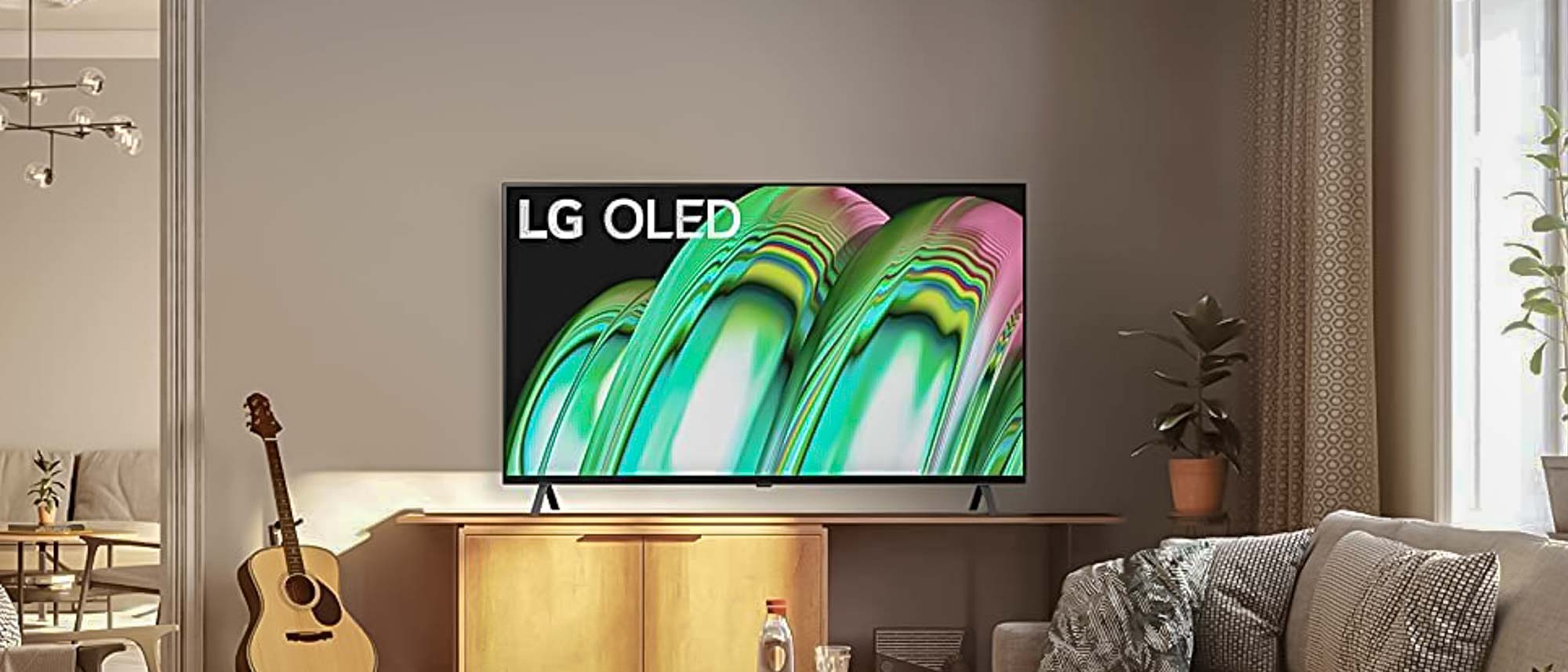Tom's Guide Verdict
The LG A2 OLED is far from the brightest set out there, but it offers a wonderfully colorful picture and fairly strong audio along with a slick and intuitive interface. Just try to buy the A2 when it’s on sale.
Pros
- +
Outstanding picture quality
- +
Above-average sound
- +
Low input lag
- +
Great smart TV platform
Cons
- -
Refresh rate limited to 60 Hz
- -
No HDMI 2.1 ports
- -
Limited brightness
Why you can trust Tom's Guide
Price: $899
Screen size: 48 inches
Model: OLED48A2UPA
Resolution: 3,840 x 2,160
HDR: HDR10, HLG, Dolby Vision
Refresh Rate: 60 Hz
Ports: 3 HDMI 2.0
Audio: 20W
Smart TV Software: web OS 22
Size (without stand): 24.4 x 42.1 x 1.8 inches
Weight (without stand): 25.4 pounds
ATSC 3.0 support? No
The picture quality of LG TVs has been heralded for years, including here at Tom’s Guide, where last year’s LG C1 OLED and this year’s LG C2 OLED have been among the best TVs we’ve seen. Those models, though, are at the higher end of LG’s line.
What are you able to get if you don’t have (or don’t want to spend) quite as much money? With respect to the entry-level line of the LG A2 OLED, the answer is something pretty darn good.
Admittedly, you won’t get everything with the A2 that you will with pricier and tonier LG TVs. You’ll have to settle for a lower refresh rate, an older HDMI standard, and lower brightness. But considering that it wasn’t that long ago that OLEDs were unthinkable at the sub-$1,300 price point — to say nothing of the sub-$1,000 price point at which the smallest model can currently be found — those features might be small prices to pay if all you can pay is a small price.
LG A2 OLED TV pricing and configurations
The 48-inch A2 we evaluated is the smallest and the least expensive model in the family. The full lineup of A2 sets comprises the following:
- LG A2 OLED 48-inch (OLED48A2UPA): $999 (list price: $1,299)
- LG A2 OLED 55-inch (OLED55A2UPA): $899 (list price: $1,299)
- LG A2 OLED 65-inch (OLED55A2UPA): $1,499 (list price: $1,599)
Though these prices for A2 models are low by general LG standards, it’s possible to find them considerably lower during the holiday season with some smart shopping. The 48-inch set is a Best Buy exclusive in the U.S. and was available ahead of Black Friday 2022 for $569.99—an astonishing deal that may not leave you missing the extra inches of screen space you might otherwise pay another few hundred dollars for. That deal has since expired, but we're expecting it to come back.
Though we have not tested the larger screen sizes of the A2 family, we anticipate that performance would likely be comparable between them and the 48-inch version.
LG A2 OLED TV review: Design
The 48-inch A2 measured 24.4 x 42.1 x 1.8 inches (HWD) without the stand and weighed 25.4 pounds, making it completely reasonable for one relatively average-size person to unbox and set up alone. (If you’re shorter, or if you have any doubts about your ability to safely work with a thin OLED screen, another pair of hands is strongly recommended.)
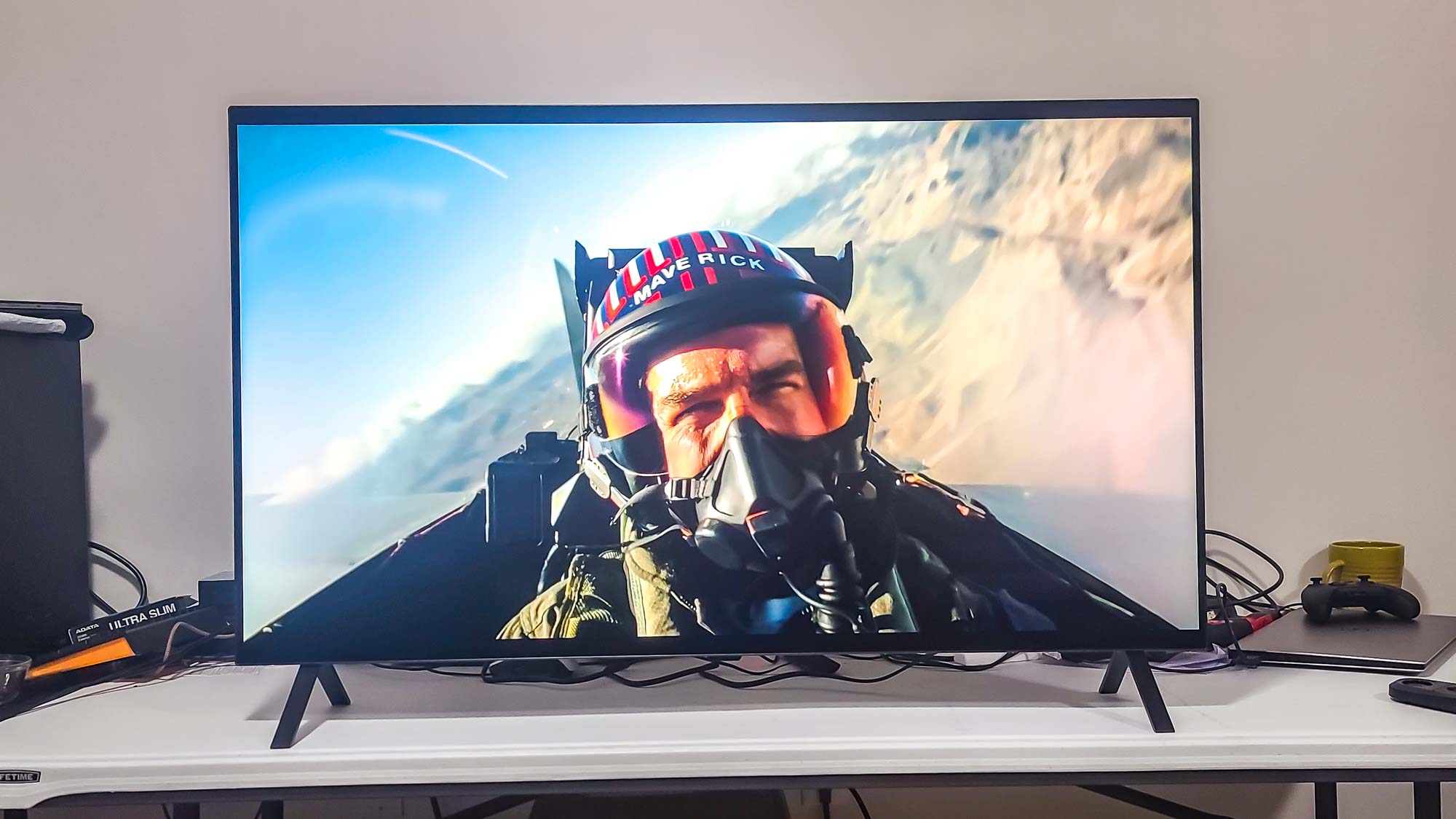
The A2 is sufficiently attractive, if unassuming in its design, befitting its status as a lower-tier offering. Like most OLED TVs, its screen is thin (in this case, a hair more than a quarter inch at its thinnest point) and its bezel around every edge is thinner (barely an eighth inch), leaving plenty of uninterrupted viewing space.
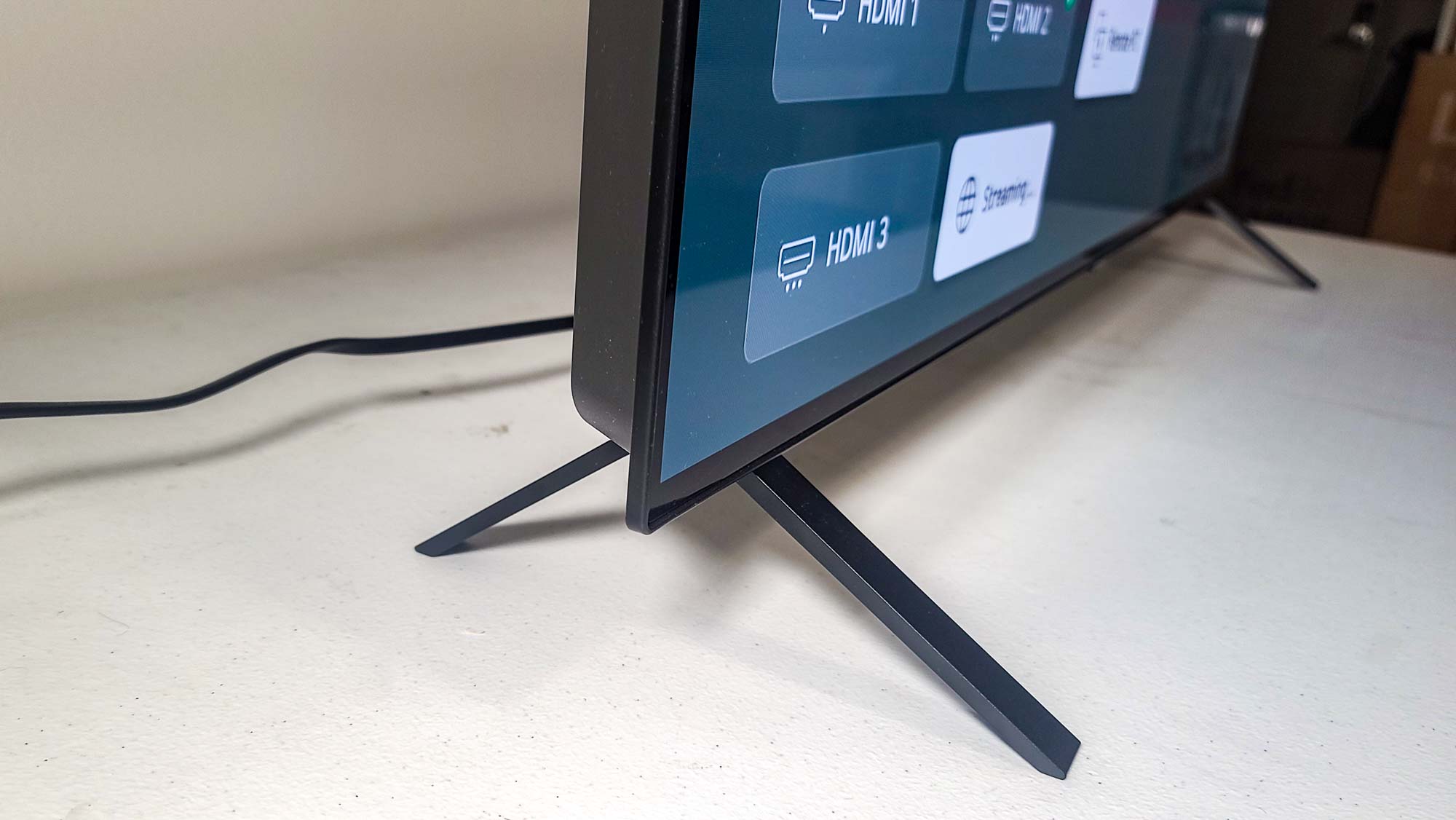
But aside from a light, gray texture on the screen portion, the rear panel is unremarkable: The words “LG OLED” are emblazoned on the flat, black control box, just above the 300x200mm VESA mounting holes, and that’s it. Even the stand is bland: a two-piece foot design with sharp, rectangular corners, not at all like the more elegant, swooping, central stand of the C2.
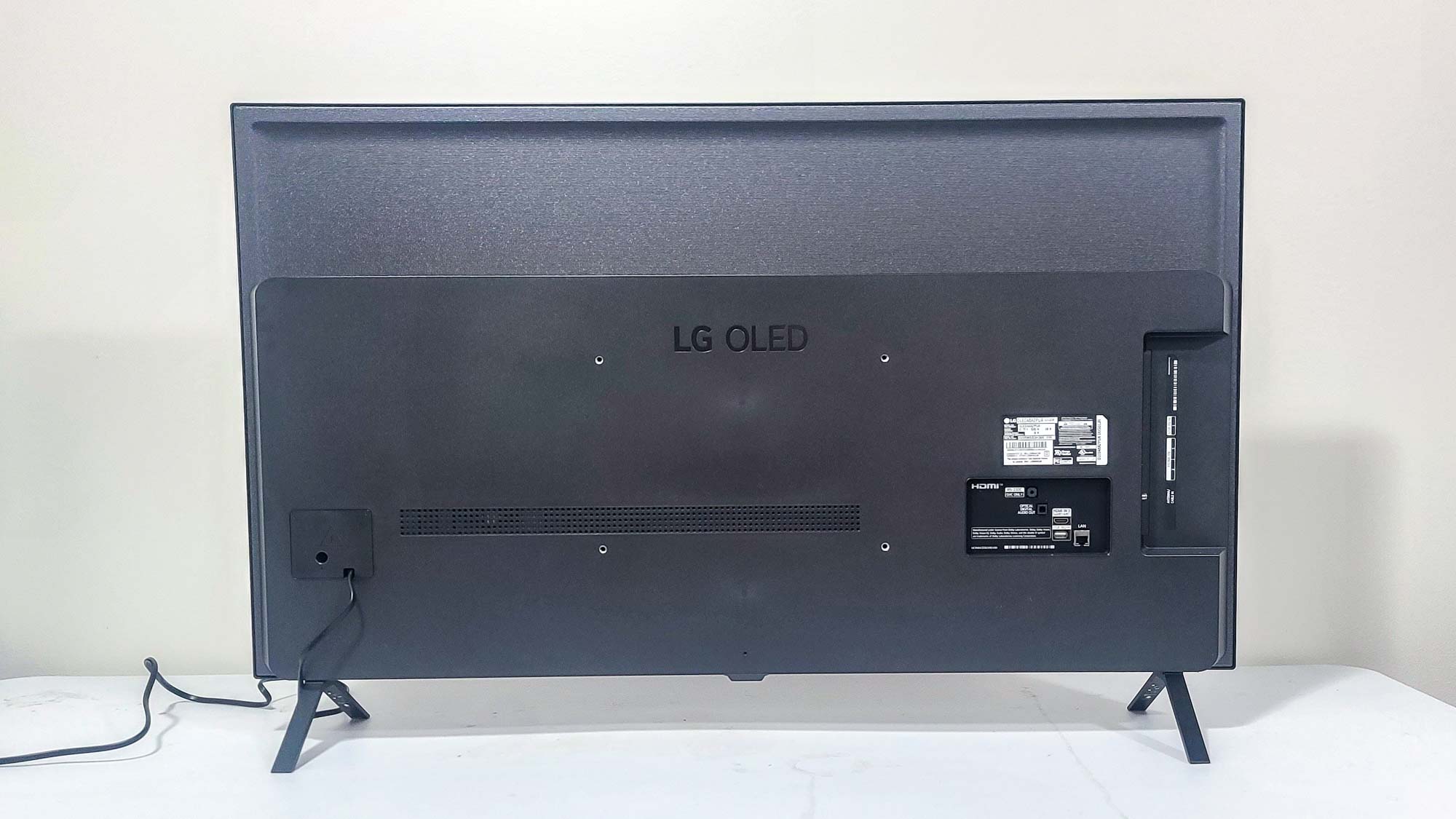
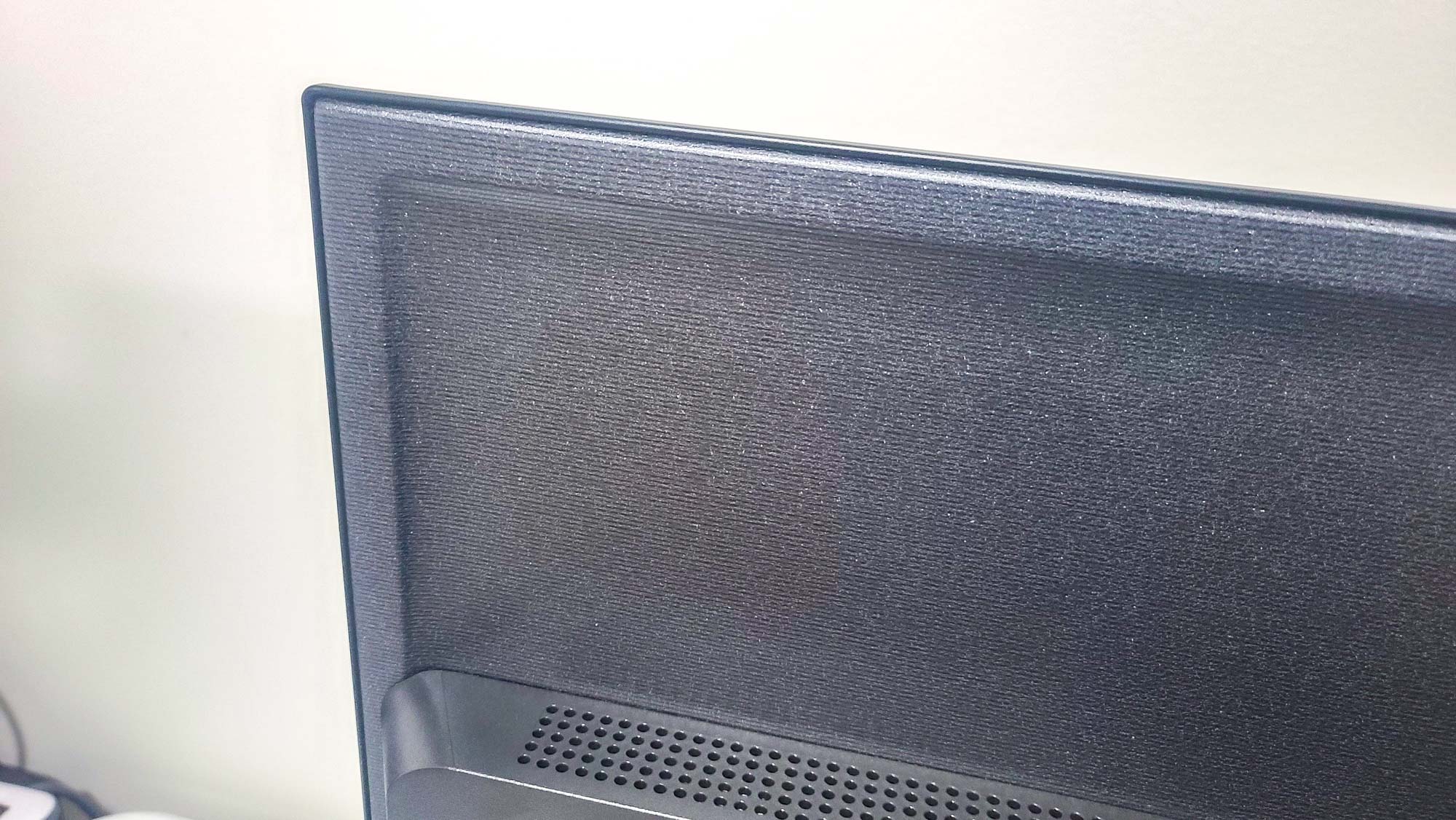
All of the A2’s ports are located on its left side, and they’re easy to access. The coaxial connector, two HDMI ports, and one USB port are angled out the edge, so it’s especially easy to hook up cables; another HDMI port (supporting eARC) and USB port, an SP/DIF jack for digital audio, an RS-232-C connector, plus the Ethernet port if you’d rather not use the integrated Wi-Fi, are located about an inch farther in and face directly out the back.
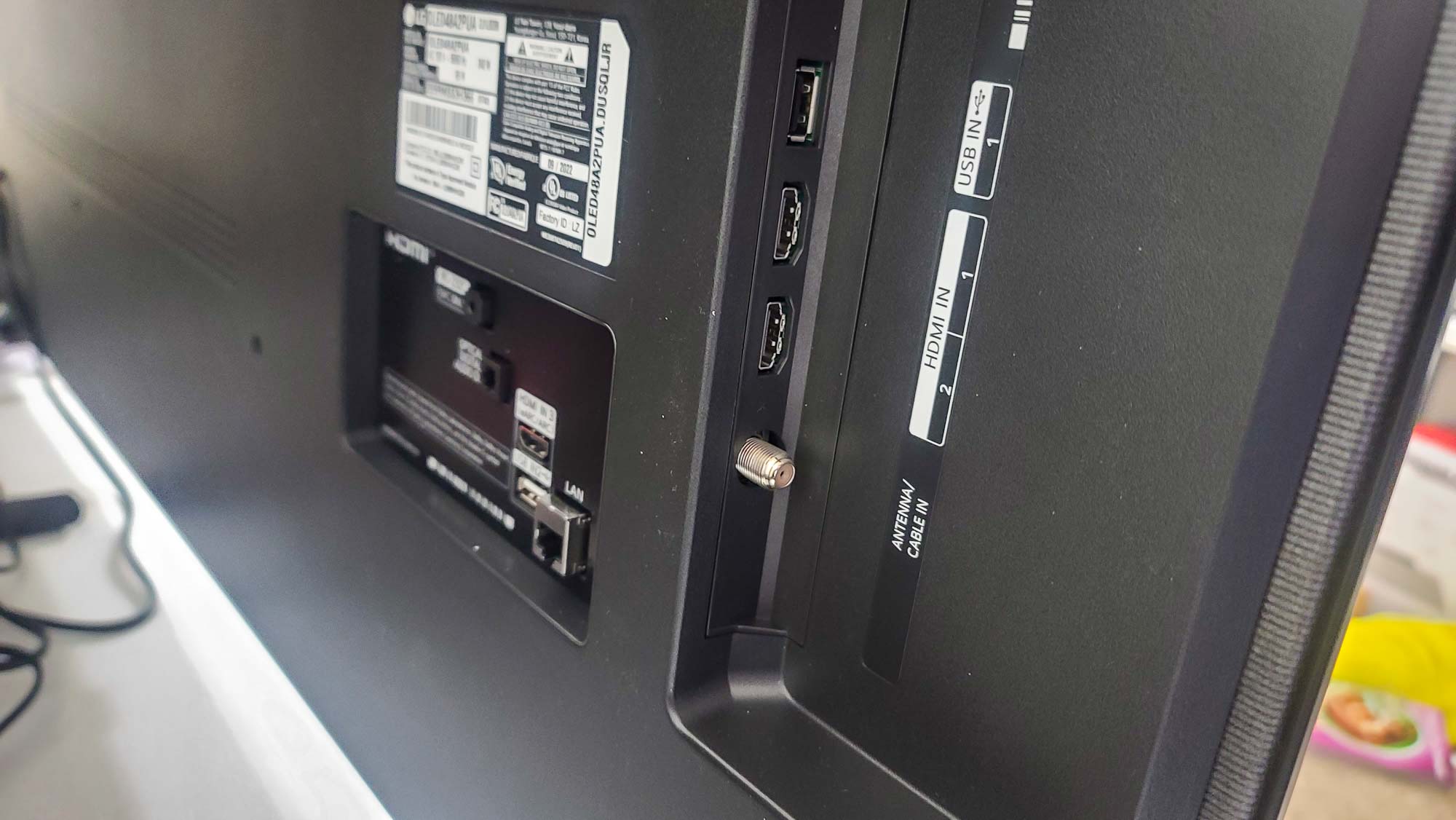
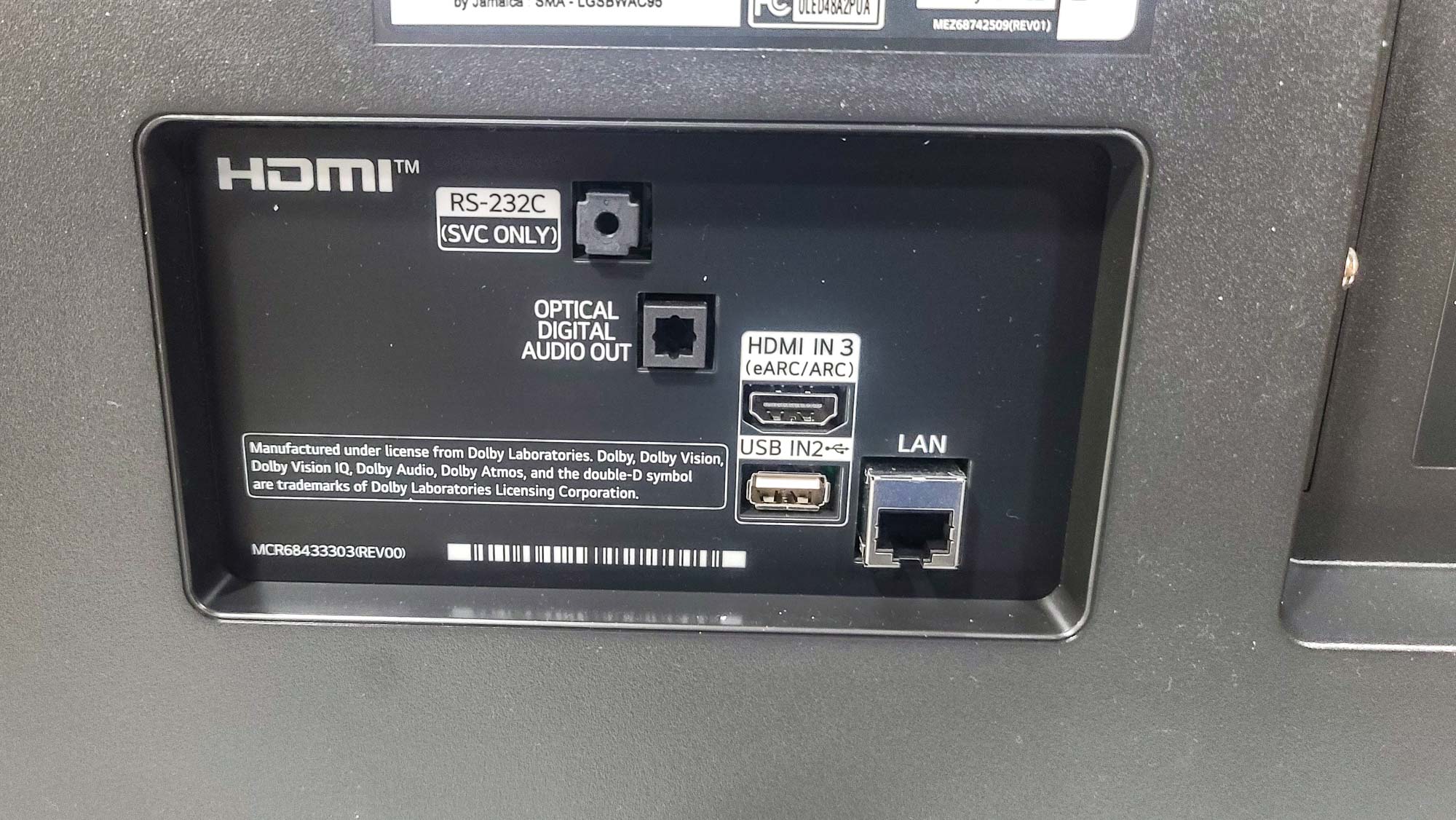
All three of the USB ports support only the USB 2.0 standard, which limits compatibility with newer devices such as game consoles. Many lower-end TVs support USB 2.1, as we’ve seen on the TCL 6-Series and the Vizio M-Series Quantum X, so being stuck with the older standard on this set is a disappointment.
LG A2 OLED TV review: Performance
No matter their price range, OLED TVs promise near-perfect black levels and exquisite colors; LG claims the A2’s α7 Gen5 AI Processor 4K will further improve the appearance of everything you watch. To determine this for ourselves, we subjected our model to our usual battery of tests using an X-Rite i1 Pro spectrophotometer, a SpectraCal VideoForge Pro pattern generator, and Portrait Displays’ Calman calibration software.
Capturing 130.2% of the Rec. 709 gamut in its Standard mode and 99.2% in Filmmaker Mode (generally considered the closest to out-of-the-box calibration), the A2 did not disappoint in its handling of SDR content. These results are slightly below what we saw with both the B2 and the C2 OLED TVs, but still excellent, especially considering the A2’s lower price.
The LG A2’s colors were more notably less accurate than the other sets’, with its Delta-E (the relationship between the color at the source and what’s displayed on the screen, with lower numbers being better) in Filmmaker Mode being 2.8, versus 1.8 for the B2 and 1.7 for the C2. This is still better than with the TCL 6-Series Roku TV (4.0), though not the Vizio M-Series Quantum 50-inch (1.85).
These color trends continued with HDR video, as the A2 covered 98.3% of the UHDA-P3 color gamut in Filmmaker Mode, putting it just behind the B2 (98.8%) and the C2 (99.6%), but well ahead of the TCL (96.3%) and the Vizio (96.2%).
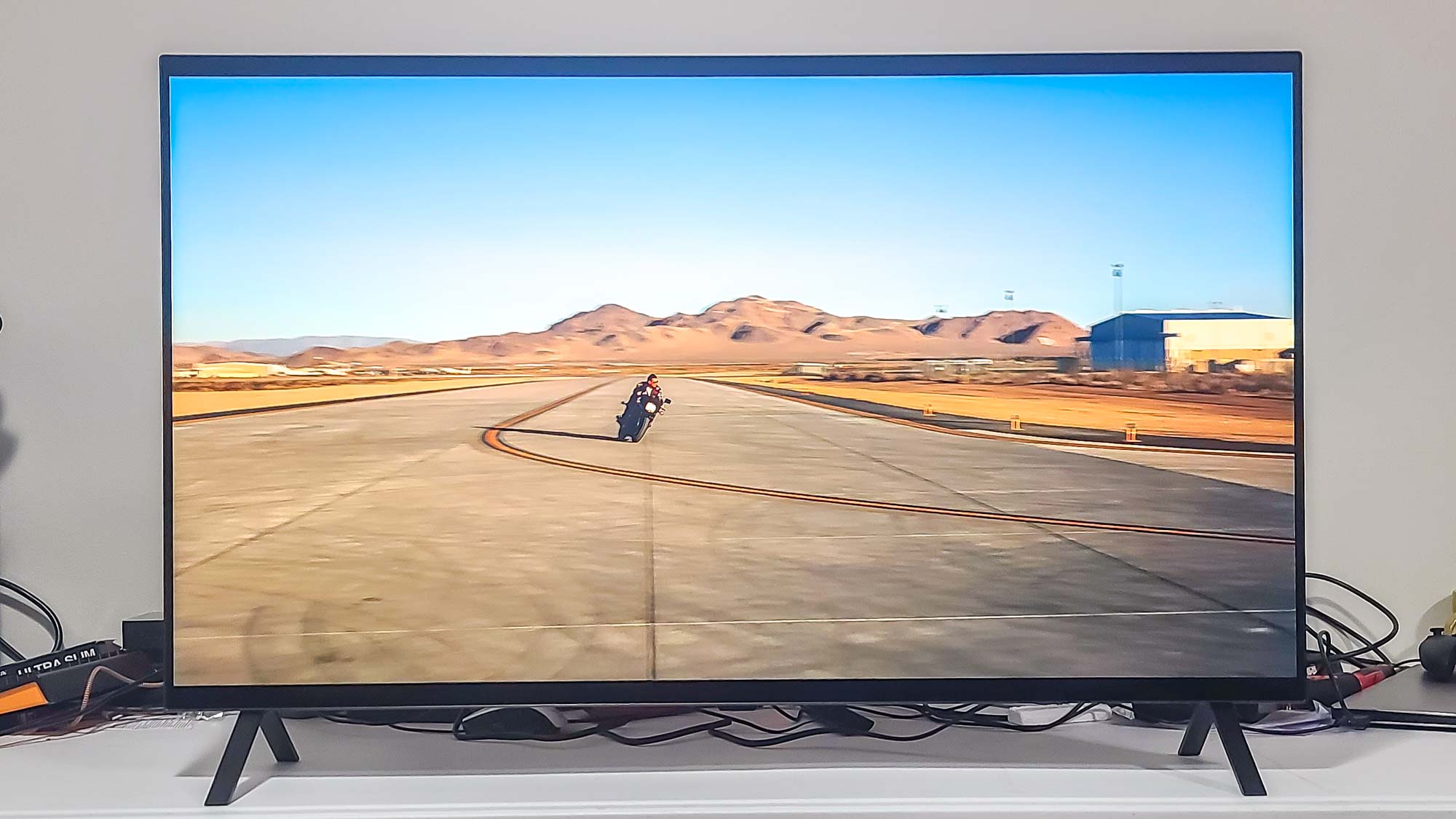
Where the A2 lapses is with brightness. OLED sets tend to look darker overall, but the A2 couldn’t get as bright as the other LG sets at displaying SDR content. The A2 hit a brightness reading of 211.4 nits in Filmmaker Mode placing it behind both the B2 (214.6 nits) and the C2 (228.3 nits). The A2 surpassed the Vizio and its brightness of 121.4 nits, it couldn’t touch even the TCL (with 522.5).
This was true with HDR content, too, as the A2 maxed out at 548.5 nits (at a 5% pattern size), whereas the B2 hit up to 597.6 nits (at 10%) and the C2 as high as 800.9 nits (again at 5%); the 1,389 nits of the non-OLED TCL at 25% was a blinding success in comparison, though the A2 did beat the 428.6 nits of the Vizio (at 10%).
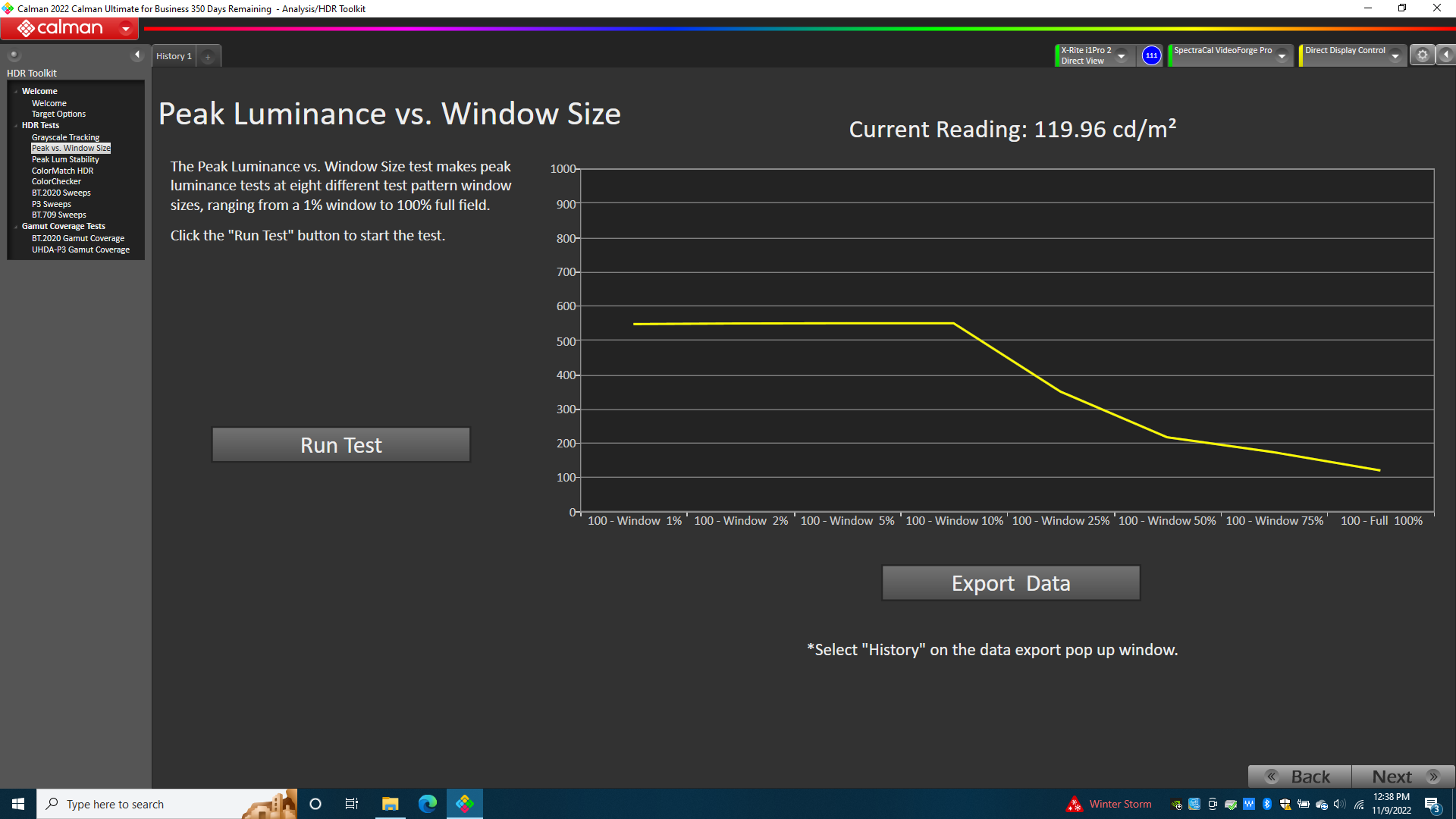
The extent to which any of this matters depends on what you watch. With a movie like Denis Villeneuve’s Dune, you miss out on a few of the finer details in the shadow-heavy interior scenes on Arrakis, and you’ll miss more still with something like The Batman, where darkness is a prevailing visual theme throughout (and the contrast—if any—between the title character’s cowl and the dark backgrounds behind him is critical to the viewing experience).
The A2 is equipped for displaying three forms of HDR—HDR 10, Dolby Vision, and hybrid log–gamma (HLG)—but the brightness limitations will prevent you from taking full advantage of any of them across the full spectrum of HDR content. Most of what we watched looked fine, but the piercing highlights HDR makes possible won’t always be there.
Even so, Top Gun: Maverick looked spectacular throughout, with the sharp lines and vibrant colors of its myriad aerial action scenes jolting out of the screen being trailed by a jet wash of raw excitement no goose would want to fly through. The A2 has a refresh rate of only 60 Hz, but fast motion looked clean and fluid except in scenes of extreme busyness, and was never distracting at all.
When the colors are the chief focus, it’s hard not to flip for the results: The Colombian-set Disney animated film Encanto, for example, was awash with luscious South American hues. Splitting the difference, the Disney+ series Andor was immersive in all the best Star Wars ways.
Upscaling from 1080p also looked good, with nearly no visible details lost in Mission: Impossible—Fallout at standard viewing distances. And color uniformity remained consistently sumptuous even at wide angles (though it’s only possible—or advisable—to crowd so many people around a 48-inch set anyway). Aside from brightness, the A2 does not require many other sacrifices as far as picture quality is concerned.
LG A2 OLED TV review: Audio
TV audio only ever gets so great—which is why you should always keep an eye on Tom’s Guide’s roundup of the best soundbars—but the A2’s is solid. Despite it being paired by only 20-watt, downward-firing speakers, there’s no lack of clarity even in hectic scenes where dialogue, action sounds, and music are all blazing at once.
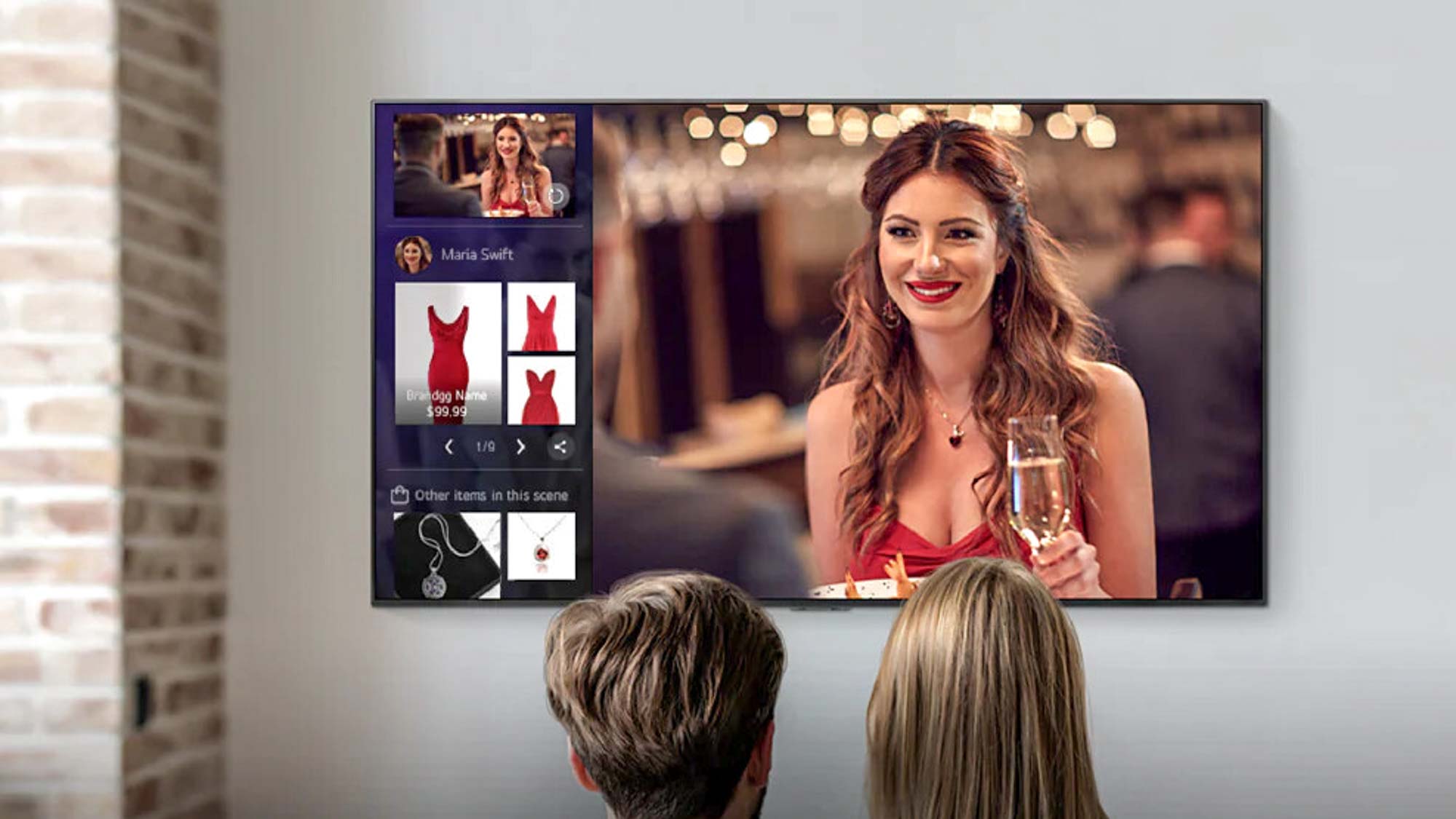
High ends are clean and clear, except at the uppermost extreme of the volume range, with no distortion evident before that point even in soaring, above-the-staff soprano vocals. Yes, bass is anemic, with little detectable pounding thump on The Knife’s “Silent Shout,” and that contributes to a general lack of depth. But that’s true on most TVs, and the A2 comes through just as well as most comparable sets. As long as you’re not a hardcore audiophile, you won’t have much to complain about.
LG A2 OLED TV review: Gaming
Its restriction to a 60 Hz refresh rate and the lack of HDMI 2.1 ports (which would allow for features such as Variable Refresh Rate, or VRR) would seem to hobble the A2’s gaming potential, and those features—which are now commonly found on even less expensive sets—are indeed missed here. (VRR and support for FreeSync Premium are among the features present on the higher-end LG sets.)
The good news, though, is that LG has maximized what capabilities the A2 does have. Its input lag, as measured using a Leo Bodnar 4K Video Signal Lag Tester, was 10.2ms—well below the 20ms threshold for gaming performance we consider strong and just above the 10ms line we consider outstanding.
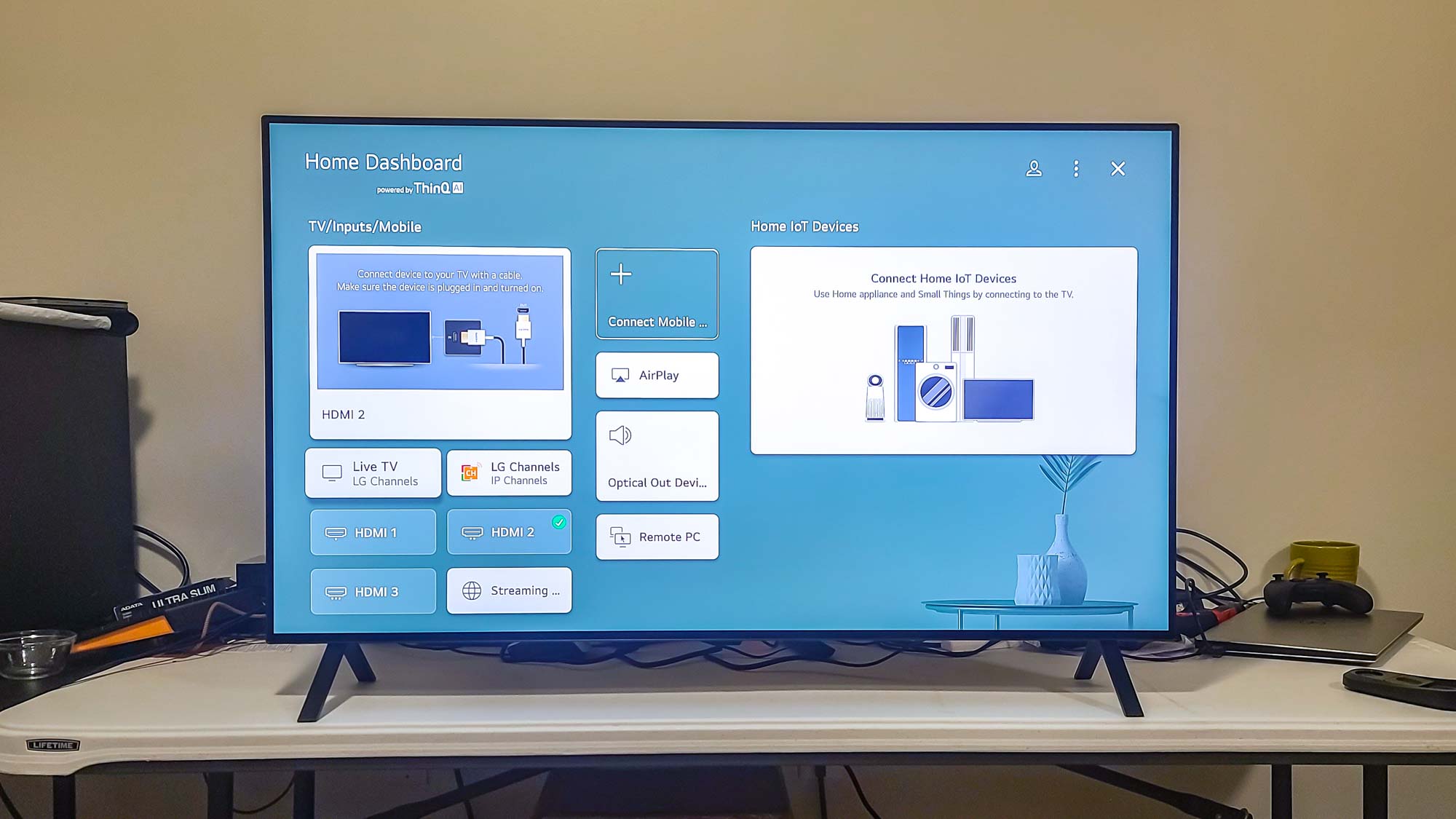
In addition to activating LG’s version of Auto Low-Latency Mode, turning on the Game Optimizer Mode enables access to a variety of game-specific play and picture settings. These allow you to fine-tune your experience in certain gaming genres, reduce blue light, automatically adjust the screen brightness in a dark room, turn on Multi View, and more.
Assassin’s Creed Valhalla played beautifully on the A2, with the snow-slathered landscapes of Norway positively glowing, and the crisp trees, ships, and enemies standing out dynamically in front of them. As with movies, the TV’s 60 Hz refresh rate will probably only cause problems during especially frenetic moments. When combat or other activity is smaller in scale, chances are you won’t notice any stuttering.
LG A2 OLED TV review: Interface and apps
LG’s webOS is a clean, well-organized interface for navigating the TV and accessing its features. If the carousel at the top really seemed to like displaying ads for Sling and various Freevee movies during our evaluation period, the rest of the screen was considerably more helpful.
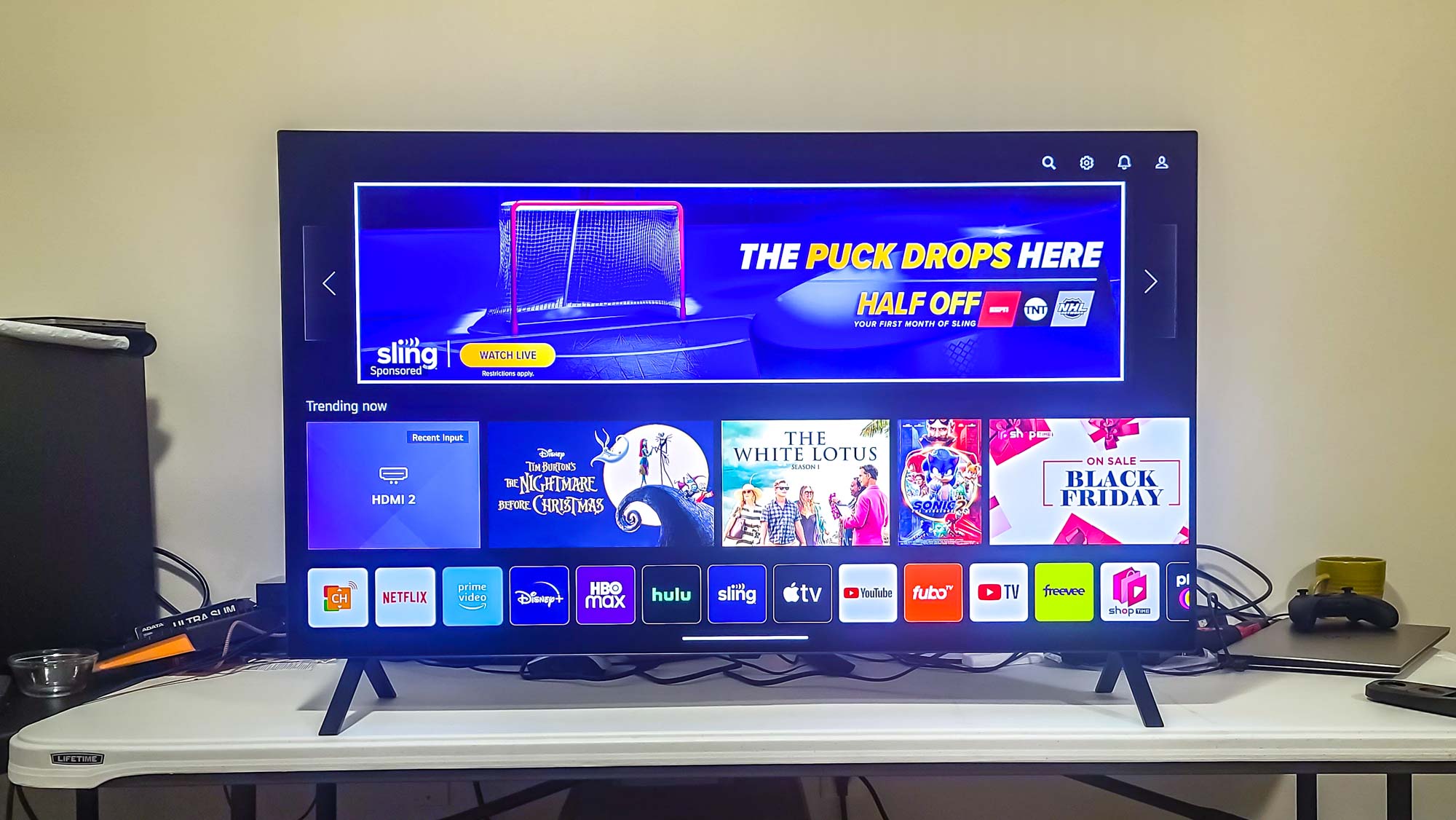
The “Trending now” section just below it surfaced recent used inputs and potentially interesting offerings in the realms of movie, TV, and straight advertising. The configurable app bar, located underneath it, provides quick access to all the major streaming services and makes it easy to add more, open a Web browser, connect with Amazon’s Alexa, and so on.
Following that are links to the Home Dashboard, which collates all your inputs and IoT devices, and connected devices, including your phone. (There is also built-in support for Apple HomeKit.) Beneath that are the LG channels and other curated content you might not care too much about watching.
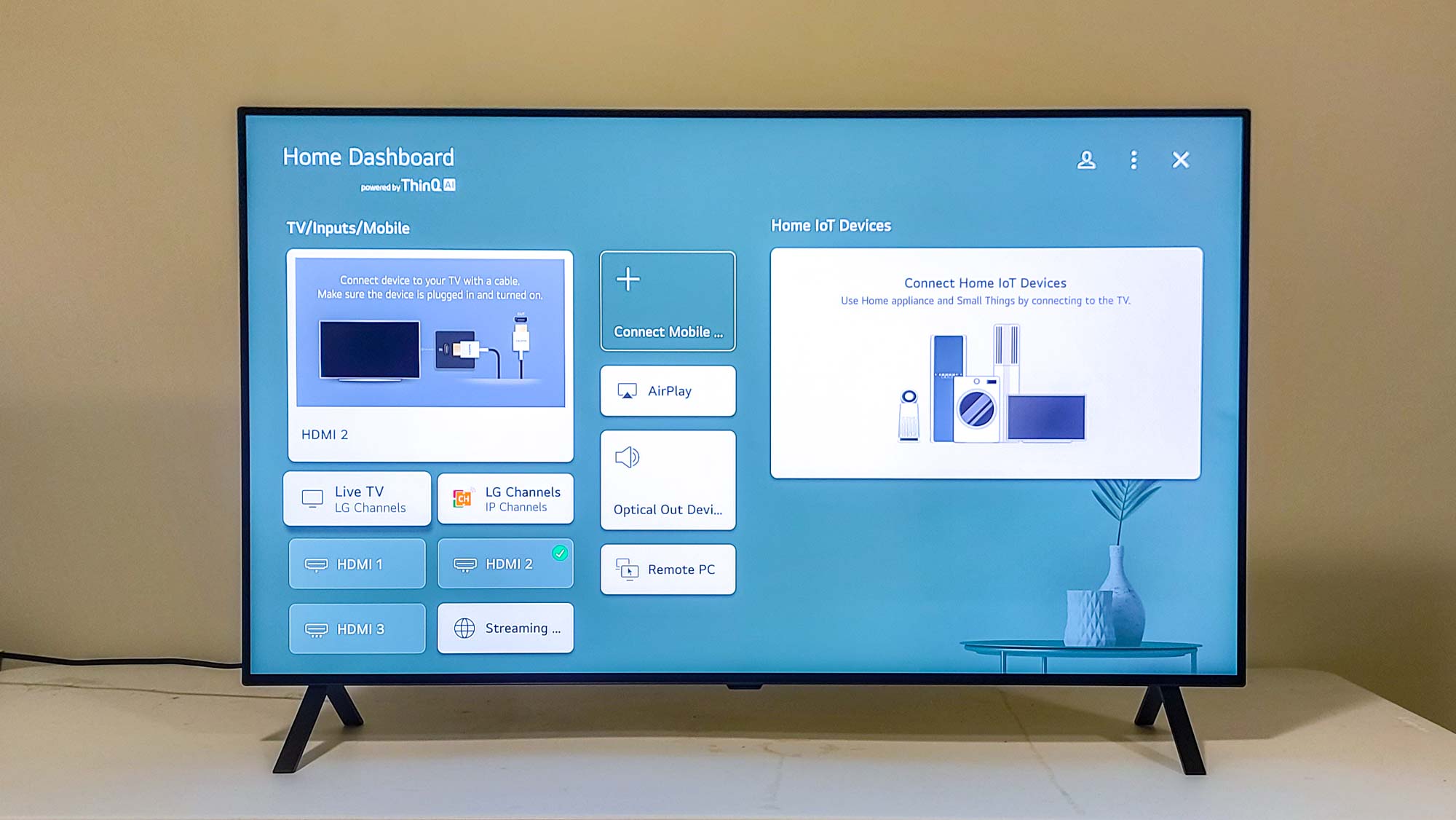
The A2’s smart features are right in line with what you’ll find on other LG sets, though the A2 lacks hands-free voice control; you’ll need to use the remote if you want to use your voice.
LG A2 OLED TV review: Remote
If you like LG’s remote design, you’ll be thrilled to find that this most recent iteration is largely unchanged from previous ones. If you don’t like LG’s remote design, well, it’s still largely unchanged. Me, I’m somewhere in the middle.
Measuring about 7.5 inches long and about 2.8 inches wide, and weighing five ounces (with the required two AA batteries in place), the so-called Magic Remote is hefty. The control selection and arrangement is nice without being cluttered, with the number buttons at the top; followed by the Volume and Channel rockers; then controls for Home, Microphone, Inputs, Back, and Settings surrounding the five-way control panel; then the color buttons and dedicated shortcuts for Netflix, Prime Video, Disney+, LG Channels, Google Assistant, and Alexa at the bottom. In these aspects, the remote is well designed.
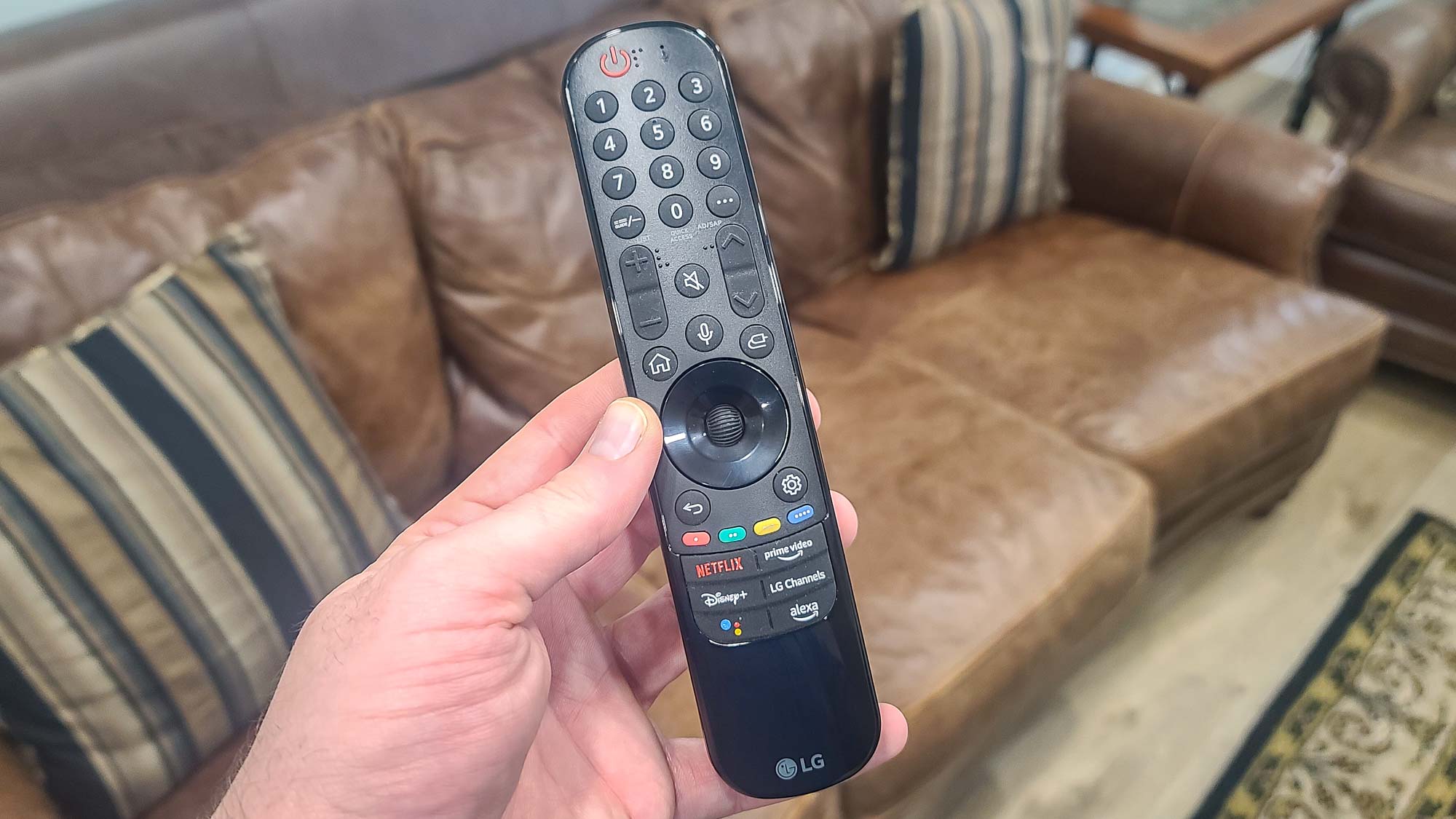
But I’ve never liked the ultraslick, glossy feeling of the remote’s underside; it always feels dangerously slippery to me. And I’m even less of a fan of the mouse-pointer-style cursor that appears if you wave the remote too aggressively. The TV’s settings give you some control over the tracking speed and cursor size, but the control lacks precision for my taste, and the roller-ball design of its activation tends to bring on headaches more than whatever I wanted to see on the screen. Navigating with the central control pad thankfully eliminates these problems.
LG A2 OLED TV review: Verdict
Timing, as they say, is everything. When this review was being written in early November of 2022, the 48-inch LG A2 was a centerpiece offering of Best Buy’s Black Friday promotions, and its price of $569.99 was undoubtedly of the drop-everything, storm-the-doors variety considering what you get. A decently sized OLED panel with top-notch color, surprisingly good sound, and low input lag, all from a major manufacturer that’s really put in a lot of polishing time? Heck, sign me up.
That deal, sadly, has since gone away and won't return until Black Friday proper.
Buying an A2, even at this low price, won't make up for what the A2 OLED doesn't have: faster refresh rates, HDMI 2.1 ports, and dazzling brightness chief among them. For a lower-level TV at a bargain-basement price, “Who cares?” is a fine response—in these circumstances, most people won’t (and shouldn’t).
Brightness is something the more eagle-eyed will notice, though, and you can get that—and a bigger screen—with a set like the TCL 6-Series Roku TV, for only a little more. And once the screens grow and that Best Buy deal starts to fade, the A2 becomes an iffier proposition. It’s still a whole lot of TV for what you pay, but it lands in a more competitive area—and it doesn’t always win those competitions.
But if you can get for a low price, the 48-inch LG A2 is A-number-one.
Matthew Murray is the head of testing for Future, coordinating and conducting product testing at Tom’s Guide and other Future publications. He has previously covered technology and performance arts for multiple publications, edited numerous books, and worked as a theatre critic for more than 16 years.
